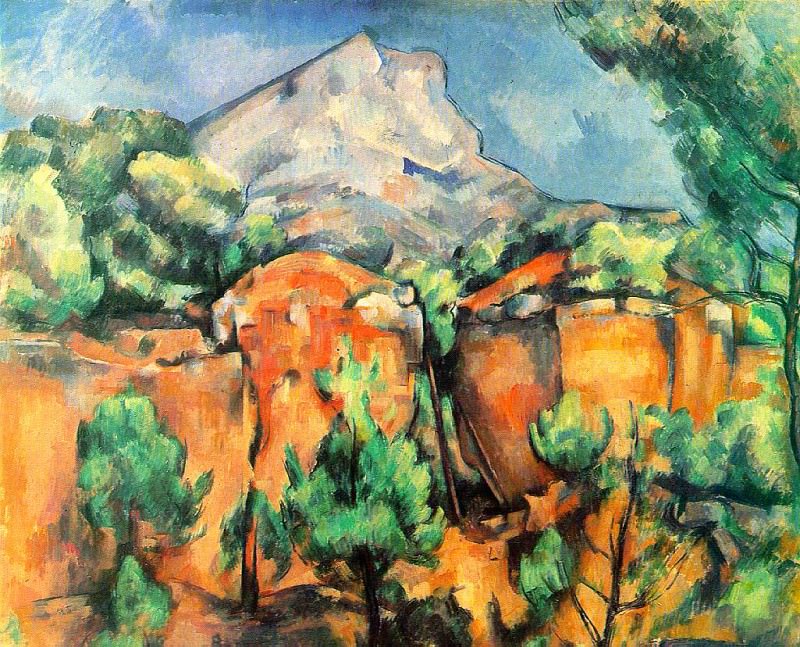The Art of Jackson Pollock: A Revolutionary Journey
Introduction
Jackson Pollock is an iconic figure in the world of modern art, renowned for his unique and revolutionary approach to painting. His contributions to abstract expressionism have left an indelible mark on art history, and his distinctive drip painting technique continues to influence contemporary artists and captivate art enthusiasts. This article delves into the life, techniques, and impact of Jackson Pollock's art, exploring the nuances of his creative process and the legacy he left behind.
Early Life and Artistic Beginnings
Jackson Pollock was born on January 28, 1912, in Cody, Wyoming. His early years were marked by frequent relocations due to his father's job as a land surveyor. This nomadic lifestyle exposed Pollock to various landscapes and environments, fostering a deep connection to nature that would later influence his art. In 1930, he moved to New York City to study at the Art Students League under the guidance of painter Thomas Hart Benton. Benton's emphasis on rhythmic compositions and dynamic forms had a profound impact on Pollock's early work.
Evolution of Style
Pollock's early paintings were heavily influenced by regionalist and surrealist styles. However, his exposure to Mexican muralists such as Diego Rivera and David Alfaro Siqueiros introduced him to new techniques and ideas. In the mid-1940s, Pollock began experimenting with automatism, a technique derived from surrealism that emphasized spontaneous and unconscious creation. This period marked the beginning of his journey towards abstraction.
The Birth of Drip Painting
In the late 1940s, Pollock developed his signature drip painting technique, which would become his most recognizable and influential contribution to modern art. This method involved dripping, pouring, and splattering paint onto a horizontal canvas, creating intricate webs of color and texture. Pollock's physical engagement with his work, moving around and over the canvas, added a performative aspect to his process. His studio in Springs, East Hampton, became the epicenter of his creative experimentation.
Major Works and Themes
Pollock's drip paintings are characterized by their intricate layers, dynamic energy, and sense of controlled chaos. Some of his most famous works include "Number 1, 1949," "Autumn Rhythm (Number 30)," and "Convergence." These paintings exemplify Pollock's ability to convey emotion and movement through abstract forms. The titles of his works, often consisting of numbers or descriptive phrases, reflect his desire to let the viewer interpret the art without preconceived notions.
Influence of Psychoanalysis
Pollock's interest in psychoanalysis, particularly the theories of Carl Jung, played a significant role in shaping his artistic vision. Jung's concepts of the collective unconscious and archetypes resonated with Pollock, who sought to tap into the primal and universal aspects of human experience through his art. This connection to the unconscious mind is evident in the spontaneous and instinctual nature of his drip paintings.
Critical Reception and Impact
While Pollock's work initially faced mixed reviews, he gained significant recognition in the early 1950s. Art critic Clement Greenberg championed Pollock as a leader of the abstract expressionist movement, praising his innovative techniques and emotional intensity. However, Pollock's fame also brought scrutiny and criticism, with some detractors dismissing his work as chaotic and lacking skill. Despite this, Pollock's influence on contemporary art is undeniable, inspiring generations of artists to explore new forms of expression.
Personal Struggles and Later Years
Pollock's personal life was marked by struggles with alcoholism and emotional turmoil. His marriage to artist Lee Krasner provided stability and support, but his inner demons often overshadowed his success. In the late 1950s, Pollock's work began to shift towards darker and more introspective themes. His untimely death in a car accident on August 11, 1956, at the age of 44, cut short a career that had already made an indelible impact on the art world.
Legacy and Continued Influence
Jackson Pollock's legacy extends far beyond his lifetime. His pioneering techniques and bold approach to abstraction paved the way for future movements such as action painting and performance art. Pollock's work continues to be celebrated in major art institutions around the world, with exhibitions and retrospectives drawing large audiences. His influence is also evident in the work of contemporary artists who explore themes of spontaneity, chaos, and the subconscious.
Pollock's Art in Popular Culture
Pollock's life and art have been the subject of numerous books, films, and documentaries. The 2000 film "Pollock," directed by and starring Ed Harris, brought renewed attention to his story and artistic achievements. Pollock's enigmatic persona and innovative techniques have cemented his status as a cultural icon, and his influence can be seen in various forms of media, from fashion to music.
Conclusion
Jackson Pollock's art represents a radical departure from traditional painting techniques, embodying the spirit of innovation and exploration that defines modern art. His drip paintings, with their dynamic energy and emotional depth, continue to captivate audiences and inspire artists worldwide. Pollock's legacy is a testament to the power of creativity and the enduring impact of an artist who dared to challenge conventions and push the boundaries of artistic expression.
















